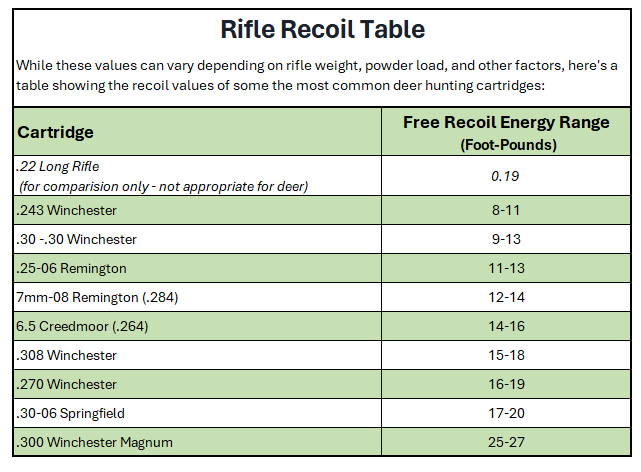Firearm recoil—often called “kickback or kick”—is a fundamental force experienced when firing a gun. This backward thrust occurs due to Newton’s Third Law of Motion: for every action, there is an equal and opposite reaction. When a bullet is propelled forward out of the barrel, an opposing force pushes the firearm backward. Understanding recoil is crucial for accuracy, control, and overall shooting comfort.
Factors That Affect Recoil
Several variables determine the strength of recoil a shooter feels:
- Caliber & Cartridge Power – Higher-caliber firearms typically produce more recoil because larger bullets require greater force to propel them forward. Magnum cartridges, for example, generate a more powerful recoil than standard rounds.
- Gun Weight & Design – Heavier guns generally absorb more recoil, making them easier to control. Lighter firearms, while convenient for carrying, tend to transfer more force to the shooter. The stock design and grip also influence how recoil is distributed.
- Action Type – Semi-automatic firearms often have recoil-reducing mechanisms built into their design, such as gas-operated systems that help dissipate force. Bolt-action or break-action firearms typically transfer more recoil to the shooter.
- Shooting Stance & Grip – A proper stance – feet positioned shoulder-width apart and a firm grip – helps shooters reduce recoil effectively. Keeping the body balanced and allowing arms to absorb impact can also improve control.
Managing Firearm Recoil
While recoil is an unavoidable part of shooting, several strategies can help reduce its effects:
- Use Recoil Pads: These attach to the gun’s stock and help cushion impact, reducing shoulder discomfort.
- Select Ammunition Wisely: Low-recoil ammunition is available for shooters who prefer a smoother experience.
- Improve Shooting Technique: Maintaining a firm but flexible hold on the firearm allows shooters to stay steady. Avoid tensing up—relaxed muscles absorb shock better.
- Consider Muzzle Devices: Muzzle brakes and compensators help redirect gas pressure to counter recoil forces, improving stability.
Managing firearm recoil isn’t just about comfort—it’s crucial for safety and accuracy. Anticipating recoil can lead to ‘flinching’, which is arm movement and/or jerking the trigger causing the bullet to hit other than where aiming. Here are some essential tips to minimize risk:
Shoulder Placement & Positioning
- If using a long gun, make sure the stock is firmly against your shoulder to prevent excessive impact.
- Avoid holding the firearm too loosely—this can increase felt recoil and lead to loss of control.
Eye & Face Protection
- Wear safety glasses to protect against debris, casing ejections, and muzzle flash.
- Be mindful of scope eye (when a rifle scope hits the face due to recoil). Keep adequate eye relief when aiming through optics.
Training & Preparation
- Start with lower-recoil firearms before progressing to heavier calibers.
- Dry-fire practice can improve handling skills without live ammunition.
Final Thoughts
Recoil isn’t just a force—it’s an integral aspect of firearm handling. By understanding its causes and implementing recoil-reduction techniques, shooters can enhance accuracy, comfort, and safety. Whether you’re a beginner or an experienced marksman, mastering recoil control leads to a more enjoyable shooting experience.

